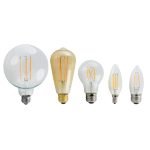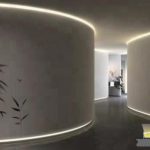Maximizing Your Lighting Game: How to Combine LED Light Strips for Optimal Illumination
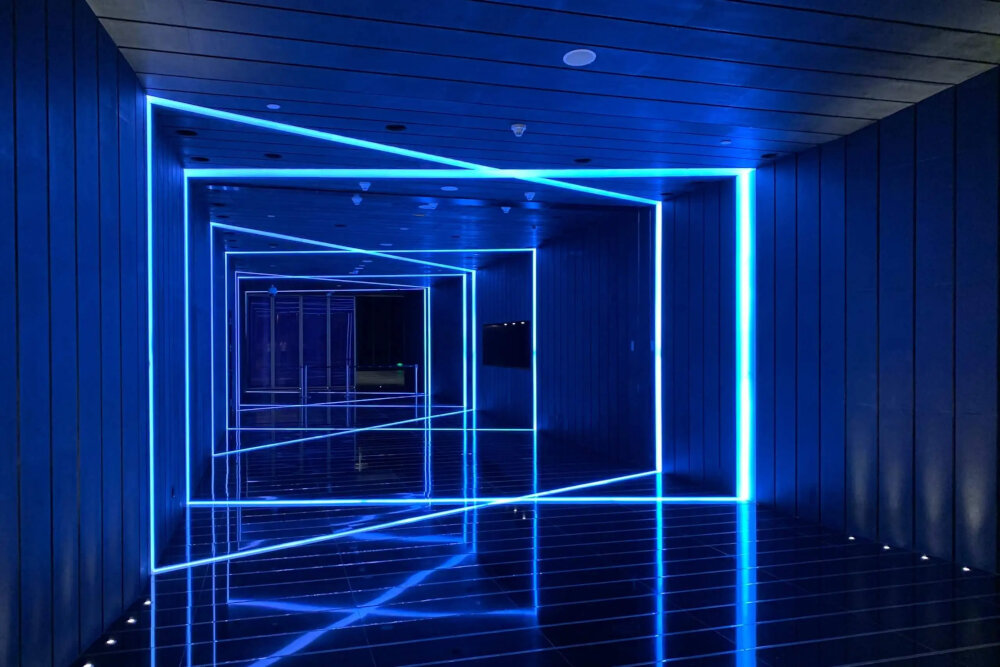
Lighting is an essential aspect of any space, whether it’s a cozy bedroom or a commercial establishment. Good lighting can set the mood, highlight architectural features, and make a room feel more spacious. LED light strips are a popular lighting solution because they are versatile, energy-efficient, and easy to install. However, not all LED light strips are created equal, and combining them can be a challenging task. In this article, we will explore how to maximize your lighting game by combining LED light strips for optimal illumination. LED light strips come in a variety of colors, brightness levels, and sizes, making them a flexible lighting solution for various applications. They can be used to create accent lighting, backlighting, and even primary lighting. However, using multiple LED light strips can be tricky because they may have different specifications, such as voltage, color temperature, and beam angle. Combining them without proper planning can result in uneven lighting, color inconsistencies, and even damage to the LED strips. In the following paragraphs, we will provide tips and guidelines on how to combine LED light strips effectively to achieve the best lighting results.
Lighting plays a vital role in setting the tone and atmosphere of any space, whether it’s a cozy living room or a chic restaurant. Proper lighting can accentuate the beauty of a room’s décor, create a relaxed or energetic ambiance, and enhance the overall mood of the space. By using LED light strips, you can create a customizable lighting experience that is both functional and aesthetically pleasing. With the ability to adjust brightness, color, and placement, LED strips can be used to highlight specific areas and features, as well as create a warm, inviting glow. Whether you’re looking to create a romantic atmosphere for a date night or a lively environment for a party, LED light strips are the perfect tool to maximize your lighting game and transform any space into a haven of comfort and relaxation.
LED light strips are flexible and versatile lighting solutions that offer a wide range of benefits. They are energy-efficient and consume significantly less power than traditional lighting fixtures, making them an eco-friendly option for illuminating any space. LED light strips are also incredibly durable and long-lasting, which means they are ideal for use in high-traffic areas or outdoor settings where traditional bulbs may not be able to withstand harsh weather conditions. Additionally, they are available in a variety of colors, sizes, and brightness levels, allowing users to create customized lighting schemes that cater to their specific needs and preferences. Overall, LED light strips are a cost-effective, practical, and stylish way to enhance the ambiance of any space while also reducing energy consumption and minimizing environmental impact.
The purpose of the article \Maximizing Your Lighting Game: How to Combine LED Light Strips for Optimal Illumination\ is to provide readers with useful insights and tips on how to create the perfect ambiance using LED light strips. The author aims to educate readers on the various ways to combine LED light strips effectively to create the desired level of illumination, whether it’s for accent lighting, task lighting, or ambient lighting. The article delves into the different types of LED light strips available, their features, and how to choose the right one for your lighting needs. Additionally, the article highlights the benefits of using LED light strips, including energy efficiency, flexibility, and versatility. By the end of the article, readers will have gained valuable knowledge on how to maximize their lighting game and take their interior design to the next level.
Understanding LED Light Strips
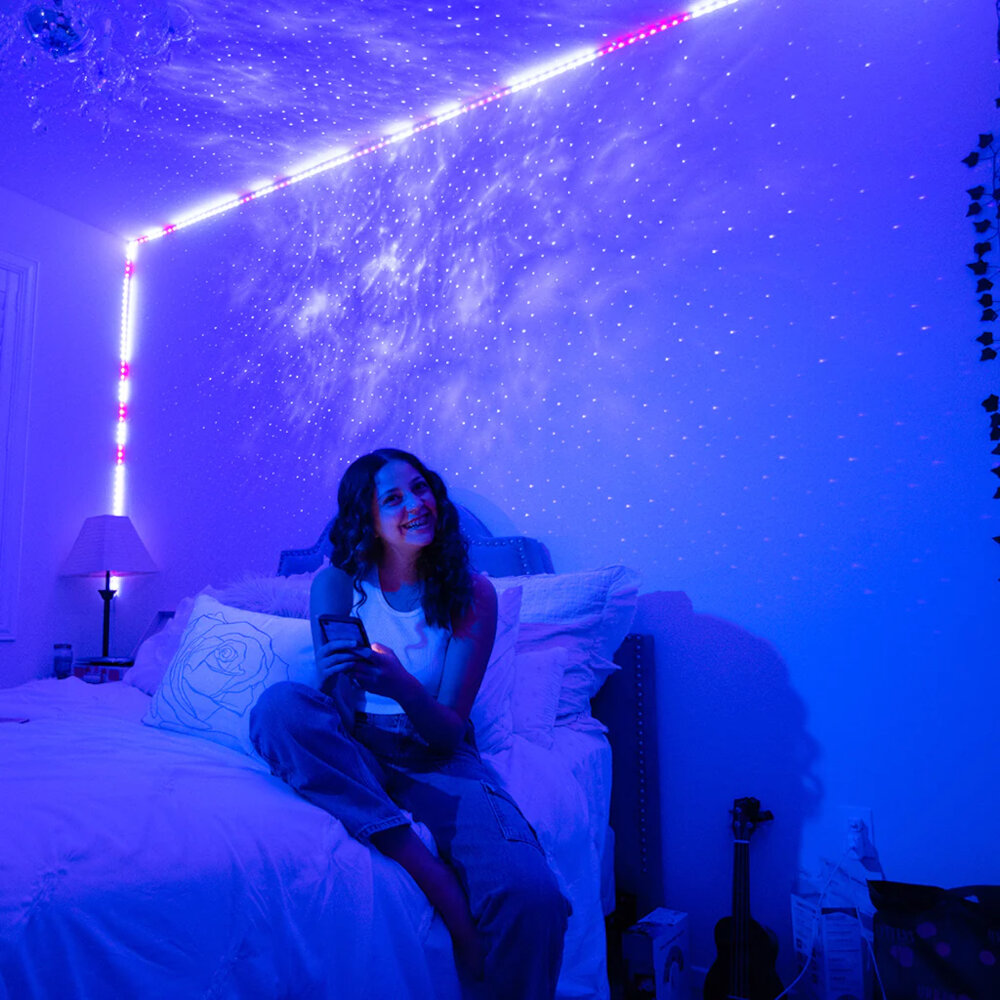
LED light strips have become a popular lighting solution due to their flexibility, energy efficiency, and versatility. They are available in a wide range of colors, sizes, and brightness levels, making them suitable for various applications, from accent lighting to task lighting. Understanding LED light strips can help you make the most out of this lighting technology and achieve optimal illumination in your space. LED light strips consist of small light-emitting diodes (LEDs) that are mounted onto a flexible circuit board. The LEDs emit light when an electric current is passed through them, and the circuit board acts as a conductor and a support structure for the LEDs. LED light strips are typically powered by a low-voltage direct current (DC) source, such as a battery or a transformer, and can be controlled by a dimmer switch or a remote controller. LED light strips can be cut to size and connected to each other to create custom lengths and shapes, making them ideal for decorating and illuminating various spaces, such as under cabinets, behind TVs, or along stairways.
LED light strips are a versatile and energy-efficient lighting solution that has become increasingly popular in recent years. They are comprised of a series of tiny LED lights that are mounted on a flexible strip, which can be easily installed in a variety of locations. LED light strips work by using a semiconductor to convert electricity into light. When an electric current passes through the semiconductor, it causes the electrons inside to move and release energy in the form of light. The color and brightness of the light can be adjusted by changing the voltage or current that is passed through the semiconductor. LED light strips are perfect for adding ambient lighting to any room in your home, and can be easily customized to fit your specific needs.
LED light strips are an excellent way to brighten up any space, and they come in a variety of types to suit your needs. For instance, there are single-color LED strips that emit a single color, such as white or blue, which are perfect for creating a calm and relaxing atmosphere. There are also multicolor LED strips that allow you to switch between different colors, which are ideal for parties or events. Additionally, there are RGB LED strips that enable you to create a wide range of colors by combining red, green, and blue lights. Besides, there are also waterproof LED strips that are perfect for outdoor use or in damp areas such as bathrooms or kitchens. Therefore, choosing the right type of LED light strip is critical to achieving optimal illumination for your space.
When choosing LED light strips, there are several factors that must be considered to ensure optimal illumination. Firstly, the brightness of the LED lights must be taken into account, as it determines the intensity of the light emitted. Secondly, the color temperature of the LED lights must also be considered, as it affects the tone and ambiance of the room. Additionally, the length and flexibility of the LED light strips are essential, as they determine how easily they can be installed and adapted to the desired space. Finally, the quality of the LED lights must also be considered, as it can affect their durability and longevity. By taking these factors into account, individuals can effectively maximize their lighting game and create an optimal lighting experience in their home or workspace.
Planning Your LED Light Strip Layout
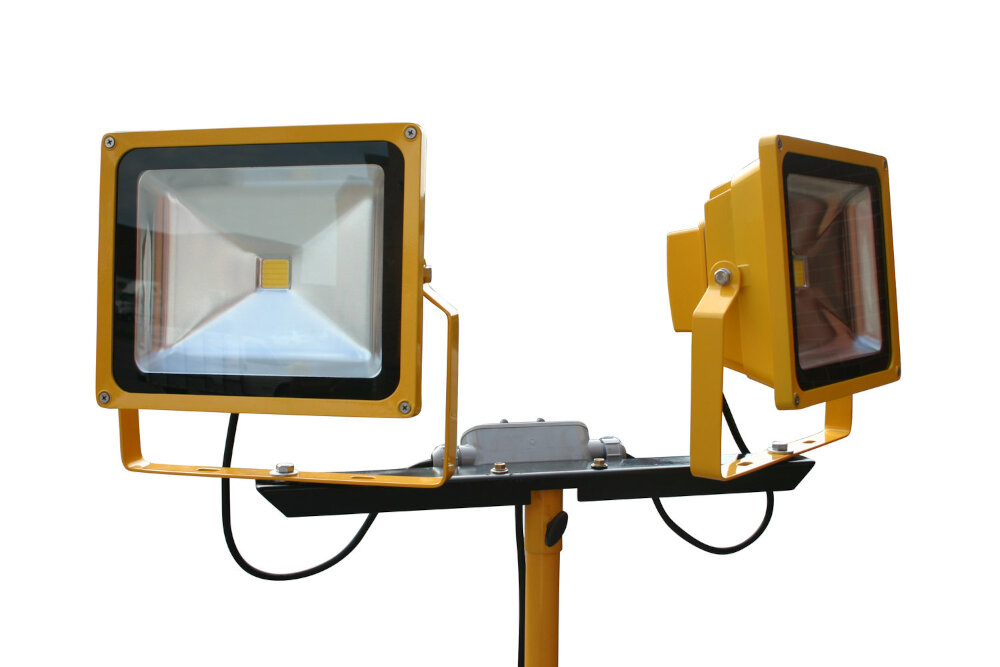
When it comes to LED light strips, the layout is just as important as the quality of the product. Planning your LED light strip layout will not only ensure that you get the most out of your illumination but also help you achieve a cohesive and aesthetic look. Start by measuring the area where you want to install the LED light strips and creating a layout plan. This will help you determine how many strips you need, their length, and their placement. Consider the placement of the power source and the controller to ensure that they are easily accessible. Additionally, think about the color and temperature of the LEDs and how they will complement the space. A well-planned layout will save you time and resources and ensure that your LED light strips function optimally. Another crucial aspect of planning your LED light strip layout is choosing the right type of strip for your needs. There are different types of LED light strips available, each with unique features and benefits. For example, waterproof LED light strips are ideal for outdoor installations or areas that are prone to moisture. RGB LED light strips offer a range of colors and can be controlled to create different lighting effects. Additionally, consider the adhesive backing of the strips and whether they will stick to the surface you want to install them on. With careful planning and consideration, you can create a stunning and functional lighting layout that enhances your space and elevates your lighting game.
Planning is a crucial element when it comes to the installation of LED light strips for optimal illumination. Before installing LED light strips, it is essential to understand the space’s layout, lighting needs, and the type of lighting required. A well-planned installation ensures that the LED light strips are installed in the right locations to achieve the desired lighting effects. Planning also involves considering the power source, the length of the LED light strips, and the control options. Proper planning guarantees that the installation process is smooth and that the LED light strips are installed in the right positions, resulting in a well-lit and aesthetically pleasing space.
Before installing LED light strips, it is crucial to measure the area accurately to ensure optimal illumination. To do this, start by identifying the length and width of the surface where the LED light strip will be installed. Use a measuring tape to measure the distance from one end to the other, and then repeat the process for the width. Once you have the measurements, calculate the total area by multiplying the length and width. This calculation will help determine the length of LED light strip needed for the installation. It is important to note that some LED light strips come with cutting marks to ensure a perfect fit. However, it is still necessary to measure the area to avoid any errors during the installation process.
When it comes to laying out LED light strips for optimal illumination, there are several best practices to keep in mind. First and foremost, it’s important to plan out your design and consider factors such as the size and shape of the space, the intended use of the lighting, and any potential obstacles or obstructions. Additionally, it’s recommended to use high-quality LED strips with a high color rendering index (CRI), which can ensure accurate and vibrant colors. To achieve a more uniform and balanced look, it’s also advisable to space out the LED strips evenly and use diffusers or lenses to control the light distribution. And finally, don’t forget to choose the right power supply and control options to suit your needs and preferences. By following these best practices, you can maximize your lighting game and create a truly stunning and functional space.
Combining LED Light Strips for Optimal Illumination
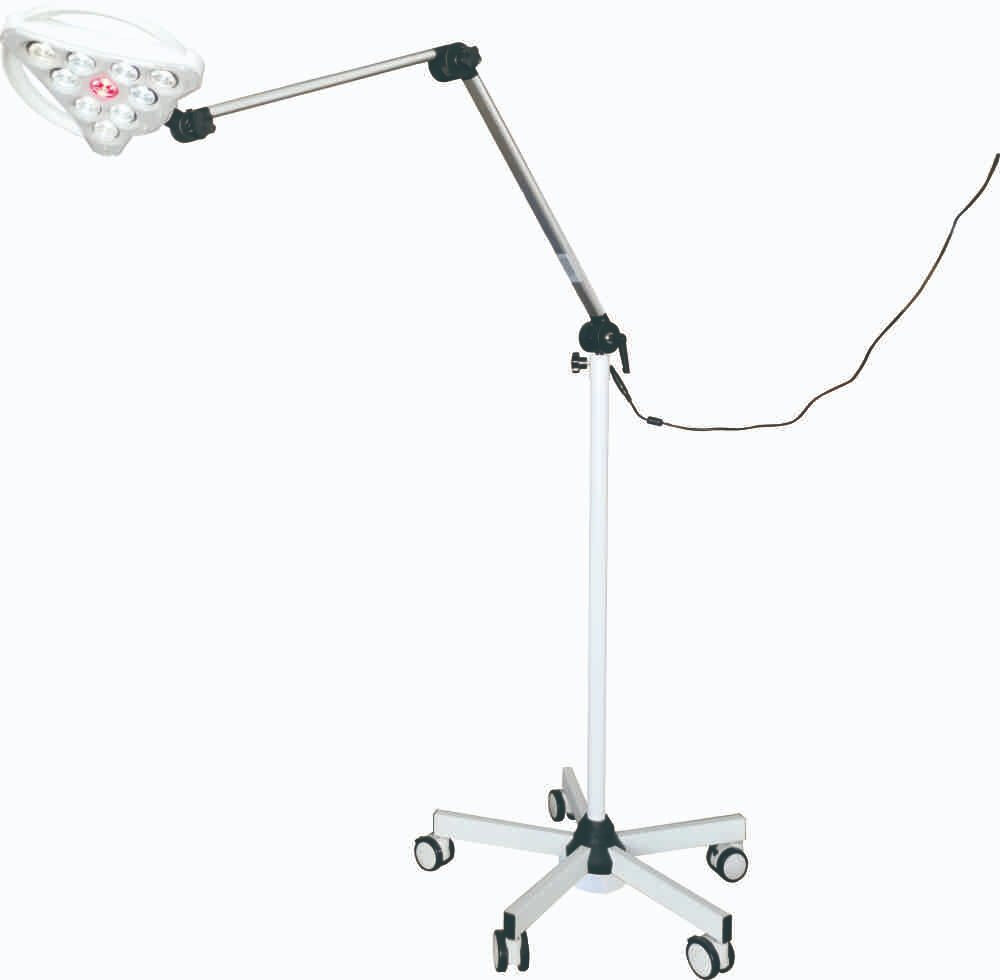
LED light strips have revolutionized the way we think about lighting solutions. They are versatile, energy-efficient, and offer a range of color options to create the perfect ambiance. However, using multiple LED light strips can be tricky, especially when aiming for optimal illumination. To achieve the best results, it is essential to understand how to combine LED light strips effectively. Firstly, it is crucial to plan the layout of the LED light strips before installing them. The placement of the LED light strips will determine the overall illumination and ambiance of the space. Consider the purpose of the room and the type of lighting needed. For example, a workspace may require bright and cool-toned lighting, while a bedroom may benefit from warmer and softer lighting. Once the purpose of the room is established, draw a rough sketch of the layout, noting where the LED light strips will be placed. This will ensure that the LED light strips are installed in the most appropriate areas, providing optimal illumination and achieving the desired effect. Secondly, it is important to choose the right LED light strip for each area of the room. Different LED light strips have varying brightness levels and color temperatures, making some more suited to specific areas than others. For example, a high brightness LED light strip is ideal for task lighting in a workspace, while a low brightness LED light strip is perfect for creating a relaxed ambiance in a living room. Additionally, choosing LED light strips with similar color temperatures will create a cohesive and harmonious lighting scheme. Combining LED light strips in this way will ensure that the room is well-lit and visually appealing.
If you want to create a layered lighting effect with LED light strips, you need to start by considering the different areas you want to illuminate. Determine the focal points and accent areas in the room, and choose the appropriate LED strips to match. Next, you can experiment with different color temperatures and brightness levels to create contrast and depth. Consider using dimmer switches to adjust the lighting as needed throughout the day. By layering different LED light strips and controlling their brightness, you can create a dynamic and visually appealing lighting scheme that enhances the mood and atmosphere of any space.
When combining different colors and types of LED light strips, there are a few techniques to keep in mind for optimal illumination. Firstly, consider using complementary colors for a harmonious look, such as blue and orange, or green and magenta. Additionally, layering different types of LED light strips can create depth and texture in your lighting design, such as combining warm white and cool white strips for a more natural look. It’s also important to pay attention to the brightness and intensity of each strip, as well as the spacing and placement, to ensure a well-balanced and cohesive lighting display. With these techniques in mind, you can master the art of combining LED light strips to achieve the perfect ambiance in any space.
Achieving optimal illumination with LED light strips involves several key factors. First, it’s important to choose the right type of LED strip for the intended use, whether it’s task lighting, accent lighting, or general illumination. Next, consider the placement of the strips, ensuring they are evenly spaced and mounted securely. The use of diffusers and reflectors can help distribute light evenly and reduce glare. Proper power supply and wiring are also critical for achieving consistent brightness and avoiding voltage drop. Finally, consider incorporating smart controls and dimmers to adjust the brightness and color temperature for different moods and activities. By following these tips, you can create a dynamic and inviting lighting scheme that enhances the ambiance of any space.
Installation and Maintenance
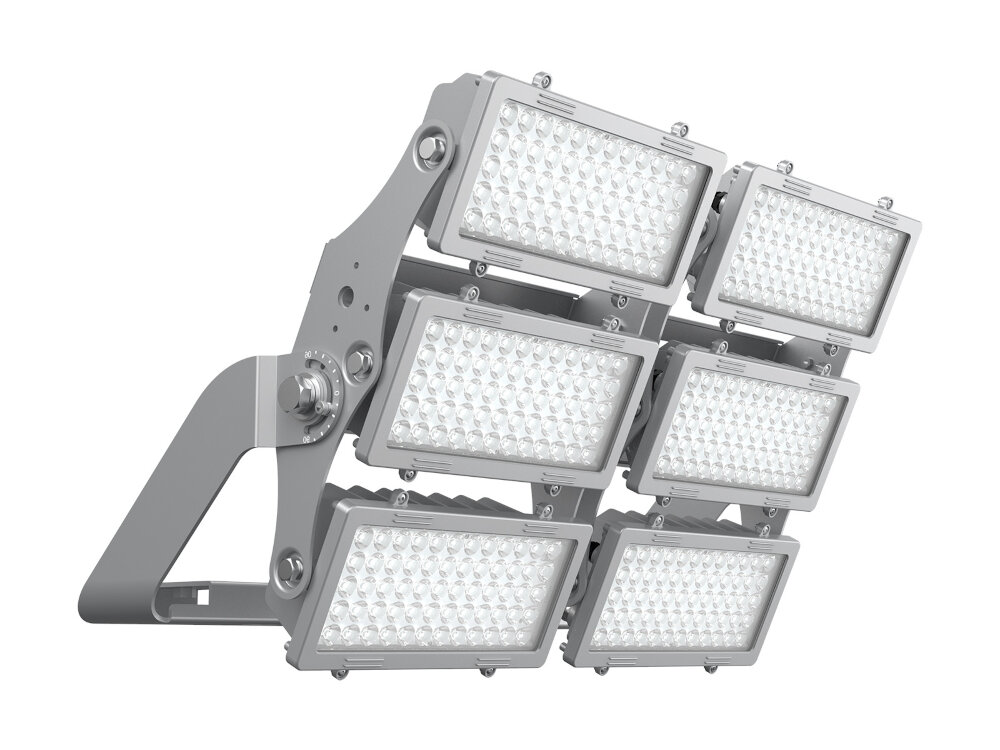
Installation and maintenance are two crucial steps in maximizing the effectiveness and longevity of LED light strips. During the installation process, it’s important to carefully plan out the placement of the strips and ensure that they are securely fastened to the surface. This can be done using adhesive tapes or clips, depending on the type of surface and the weight of the strips. It’s also important to make sure that the power source and controller are properly connected and located in a convenient and accessible place. Taking these steps will not only ensure that the strips are functioning properly, but also reduce the risk of damage or malfunction over time. Once the LED light strips are installed, regular maintenance is necessary to ensure they continue to function optimally. This includes keeping the strips clean and free of dust and debris, as well as checking the connections and power source periodically. It’s also important to monitor the brightness and color temperature of the strips, as these may change over time and require adjustment. Regular maintenance can help extend the life of the LED light strips and ensure that they continue to provide optimal illumination for years to come. By following these steps, you can ensure that you get the most out of your LED light strips and create the perfect ambiance for any space.
Installing LED light strips is a great way to add ambiance and personality to any space. First, measure the length of the area where you want to install the LED light strips and purchase the correct length of strips. Next, clean the surface where you plan to install the strips, ensuring it is dry and free of dust and debris. Then, peel off the adhesive backing of the LED light strips and carefully apply them to the surface, making sure to avoid any kinks or bends. Finally, connect the strips to a power source and enjoy your new, customizable lighting. With a bit of patience and attention to detail, installing LED light strips can be a fun and rewarding DIY project.
To ensure that your LED light strips are working properly, it is important to properly maintain them. One way to do this is by regularly cleaning the strips with a dry cloth to remove any dust or debris. Additionally, make sure to avoid exposing the strips to moisture or extreme temperatures, as this can damage the circuitry. When installing the strips, use a high-quality adhesive or mounting clips to ensure they are securely in place. It is also important to regularly check the power supply and wiring to ensure there are no frayed or damaged wires. By following these maintenance tips, you can ensure your LED light strips provide optimal illumination for years to come.
LED light strips have gained immense popularity in recent years due to their flexibility, energy efficiency, and vibrant illumination. However, like any other electronic device, they may also encounter some common issues that require troubleshooting. One of the most common problems with LED light strips is poor connectivity, which leads to flickering, dimming, or completely dead lights. This issue can be resolved by checking the connections, ensuring that the wires are properly connected and the power source is stable. Another common issue is color inconsistency, which can be caused by the use of low-quality LED chips, inaccurate voltage, or poor circuit design. In such cases, it is recommended to use high-quality LED strips that come with a reliable driver and ensure that the voltage is consistent across all strips. By addressing these common issues, you can ensure that your LED light strips provide optimal illumination and enhance the ambiance of your living space.
Lighting is an essential element in creating the ambiance and mood of a space. The right lighting can transform a dull and lifeless room into a cozy and inviting atmosphere. LED light strips have become increasingly popular in recent years, and for a good reason. They offer flexibility, versatility, and a wide range of colors that can be adjusted to suit any mood or occasion. Whether you’re looking to create a warm and relaxing environment or a bright and energetic one, LED light strips can help you achieve your desired effect. With these strips, you can highlight specific areas, create depth, and add dimension to your space. So, if you’re looking to maximize your lighting game, be sure to consider the benefits of LED light strips, and start experimenting with different lighting combinations to create the perfect ambiance for your home or workspace.
LED light strips are a versatile and energy-efficient lighting solution that can greatly enhance the ambiance and functionality of any space. Unlike traditional incandescent bulbs, LED strips use far less energy, produce less heat, and last much longer, making them an eco-friendly and cost-effective option. They also come in a variety of colors and can be easily controlled with a remote or smart device, allowing for endless customization possibilities. Additionally, LED strips can be installed in a variety of ways, including under cabinets, on stairs, or even outdoors, providing both practical and decorative lighting solutions. Overall, the benefits of LED light strips make them a smart choice for anyone looking to upgrade their lighting game.
In conclusion, LED light strips are a versatile and dynamic way to enhance your lighting game. By combining multiple strips with different colors, brightness levels, and placements, you can create a unique and effective lighting scheme for any space. It is important to consider factors such as power supply, control options, and installation techniques when using LED light strips. Additionally, experimenting with different placements and angles can help you achieve the desired effect. Overall, investing in high-quality LED light strips and taking the time to plan and execute your lighting design can greatly enhance the ambiance and functionality of your space.
Conclusion
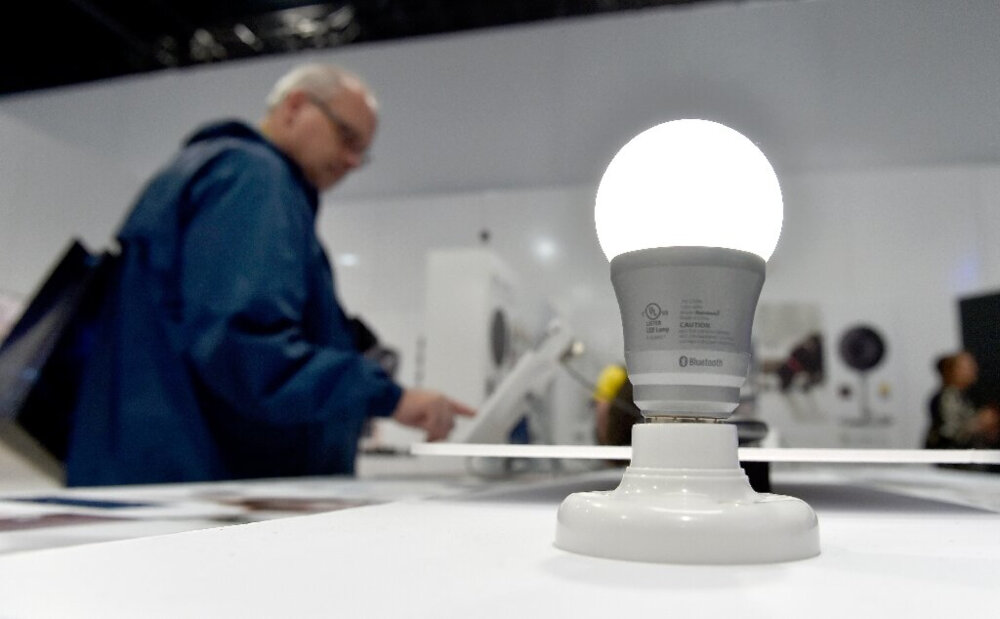
In conclusion, combining LED light strips is an excellent way to maximize your lighting game and achieve optimal illumination in any space. With a bit of creativity and planning, you can create stunning lighting effects that enhance the ambiance and functionality of your home or business. Whether you’re looking to create a warm, welcoming atmosphere or a more energizing and productive work environment, LED light strips offer endless possibilities. So don’t be afraid to experiment and try new things – you never know what kind of stunning lighting effects you might discover. With LED light strips, the only limit is your imagination!

